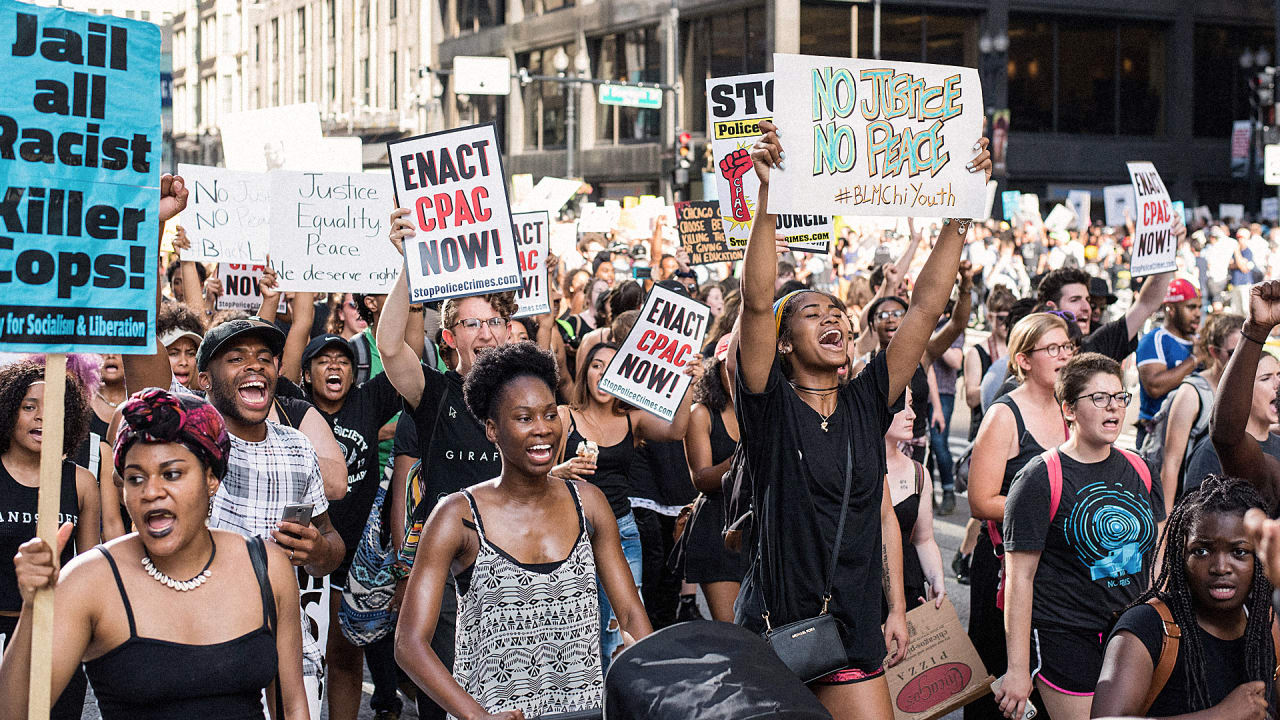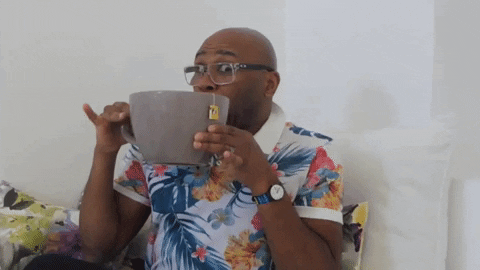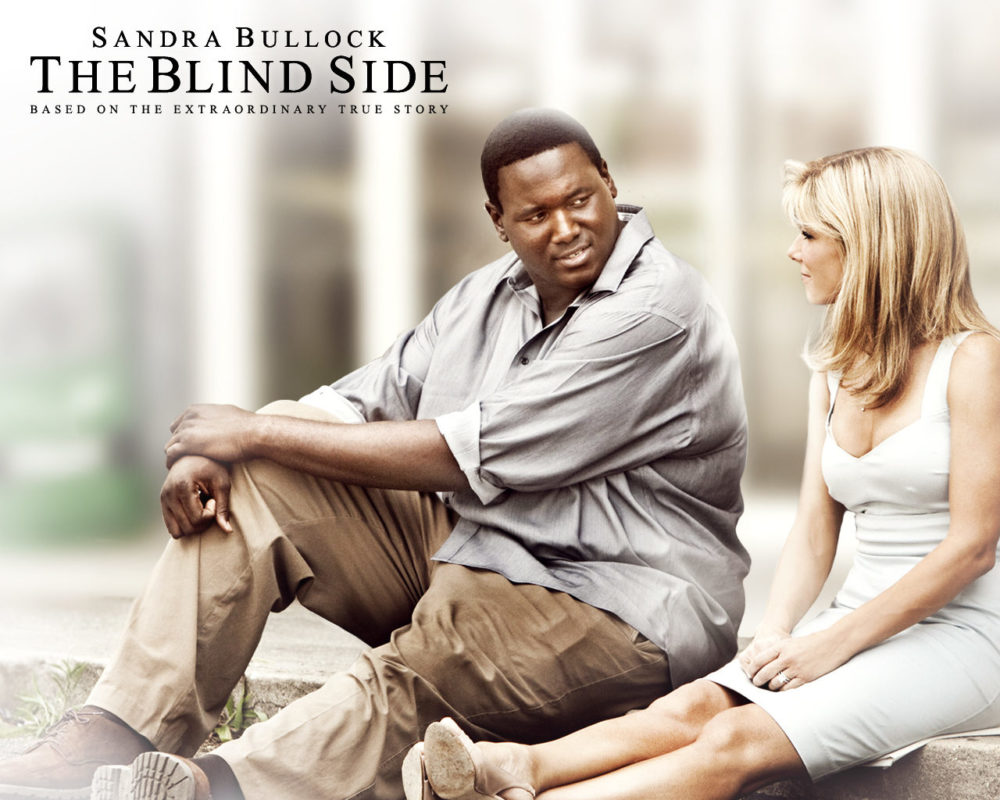There is no doubt that the world is experiencing a shift in the way we view relationships between white people and people of colour (POC). This movement is a welcome change, but it is long overdue. And while plenty of white folks have been allies to the cause for their entire lives, there is still a multitude of engrained micro- or macro- aggressions that perpetuate an inequality between the different races.

A key example of this practice is the prevalence of ‘White Saviour’ films and television shows, especially in recent times. These productions are easy to spot; they congratulate themselves on their tolerance and diversity. They profess to elevate the voices of people of colour and display the kindness of humanity.
*Note: humanity almost exclusively refers to the normative white persons.
Never mind the fact that the personalities of the POC characters are almost always one dimensional. Or the fact that these films ignore the systematic racism which has made succeeding so much harder for these characters. Instead, these stories choose to take one moment in history, and use it as an example that attitudes are changing. All due to the generosity of white people.
Excuse me while I sip my tea.

If you still don’t know what kind of films I’m talking about, let me give you an example. The Blind Side. I’m sure you’ve heard of it. Especially if you’re a millennial. Many of us had to watch it in school as a lesson on tolerance. Thanks Sandra Bullock, best teacher ever!
A wealthy, powerful, white family (The Tuohy’s) adopts a black student (Michael Oher). They give him his first proper bed, the best tutor money can by, and put in countless hours training him in American football. With their help, Michael goes on to study at college before becoming a successful NFL player.

It’s based on a true story and there’s no denying that the love between Michael and the Tuohy’s is genuine. The story itself isn’t what is problematic, however the way it is portrayed on film is!
The film presents a narrative in which Michael is essentially helpless without the direct intervention of the Tuohy’s. Even after he is gifted the tools to succeed, he doesn’t know how to use them without the guidance of his adoptive family. A plot device which has been disputed by the real-life Michael Oher.
“That part right there, it really got me because it was never like that. I’ve always known how to play the game of football,” he said.
The quick wit and intelligence of Leigh Anne Tuohy is celebrated throughout the film, and in comparison Michael rarely utters more than two words at the same time. On a similar vein, the audience often gets an intimate look into how the Tuohy’s are adjusting to their new, black family member, but silent Michael never really lets us in.
We don’t ever know what he’s thinking or feeling, because that’s not what the point of his character. The point of his character is to make us, the audience, feel good.
Not to mention the fact that gentle Michael is portrayed as an outlier, whilst the other characters of colour are pretty stereotypically from the ‘hood’. In fact, when Michael goes back visit his old (read: dangerous) neighbourhood, it is his adoptive mother who stands up to the bullies (read: thugs).
It would be a total feminist moment if it wasn’t so god damn racist.
In the acclaimed book, White Fragility, author Robin DiAngelo criticised the scene, stating:
“The scene makes it clear: the only way Oher could be saved from the terrors of his own black community is through the benevolence and bravery of a white family.”
And really, that one line sums it all up. While the film is about Michael Oher, it’s never really about him. Michael is a plot point to alleviate white guilt. He is not a character with substance, or really any defining qualities other than his ‘blackness’.
So do you see my point?
And yes, I know what you’re going to say, ‘the Blind Side came out in 2009’, we’ve moved on. Except that we haven’t.
The power of film is that it is a reflection of the attitudes of real life. So when films like the Blind Side get it wrong, chances are; so has society.
The White Saviour narrative has manifest in the Black Lives Matter Movement, and it needs to stop. When white people post selfies of themselves attending a protest, big smiles on their face and a peace sign in tow, they are furthering this narrative. When an all white TV panel discusses the injustices of racism without including POC voices, they are furthering this narrative.

And I’m sorry to say, but sharing a black square and thinking that you’re doing enough, is especially furthering this narrative. Even the best intentions can have negative affects if we do not continue to stay educated and aware.
So be an ally, but do not be a hero. People of colour don’t need us to save them, but what we can do is listen. Learn. Advocate.
Subscribe to FIB’s Weekly Alchemy Report for your weekly dose of music, fashion and pop culture news!







